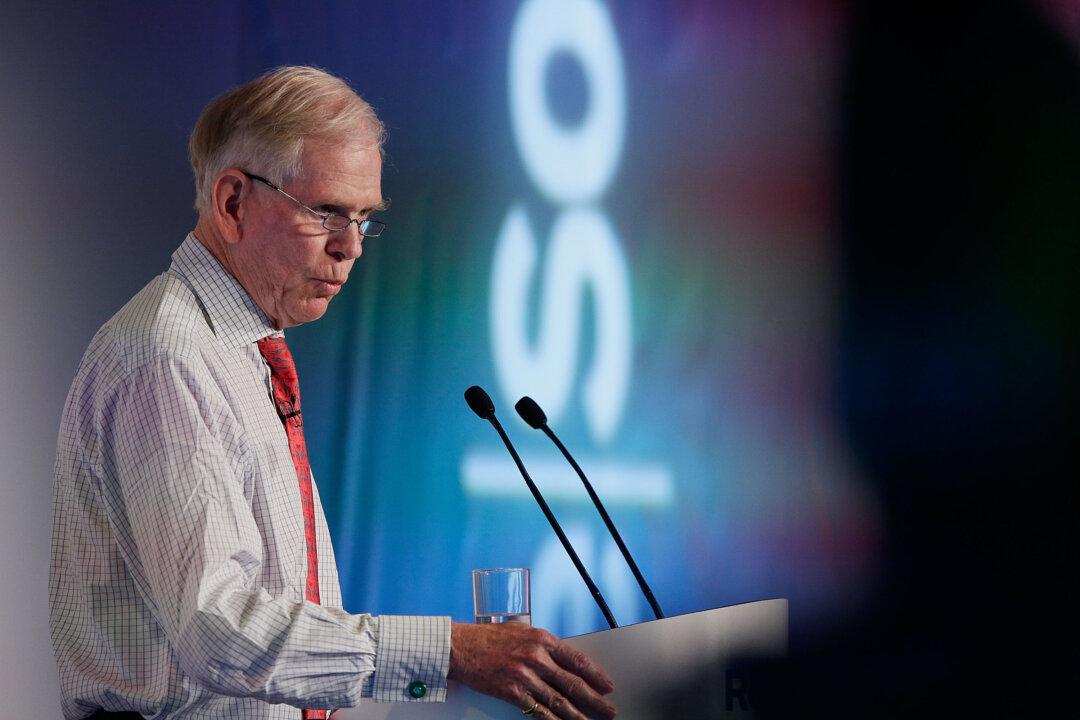The Bureau of Labor Statistics (BLS) released its quarterly “Productivity and Costs” report on Thursday, attesting to a 7.5 percent decline in nonfarm productivity—the fastest drop seen since the third quarter of 1947.
The BLS report attests to two simultaneous trends that have become manifest in the most recent financial quarter. On one hand, total hours worked rose by 5.5 percent since Q4 2021. Total hours worked surpassed the level of Q4 2019, a first since the arrival of the CCP (Chinese Communist Party) virus and subsequent lockdowns in Q1 2020.





